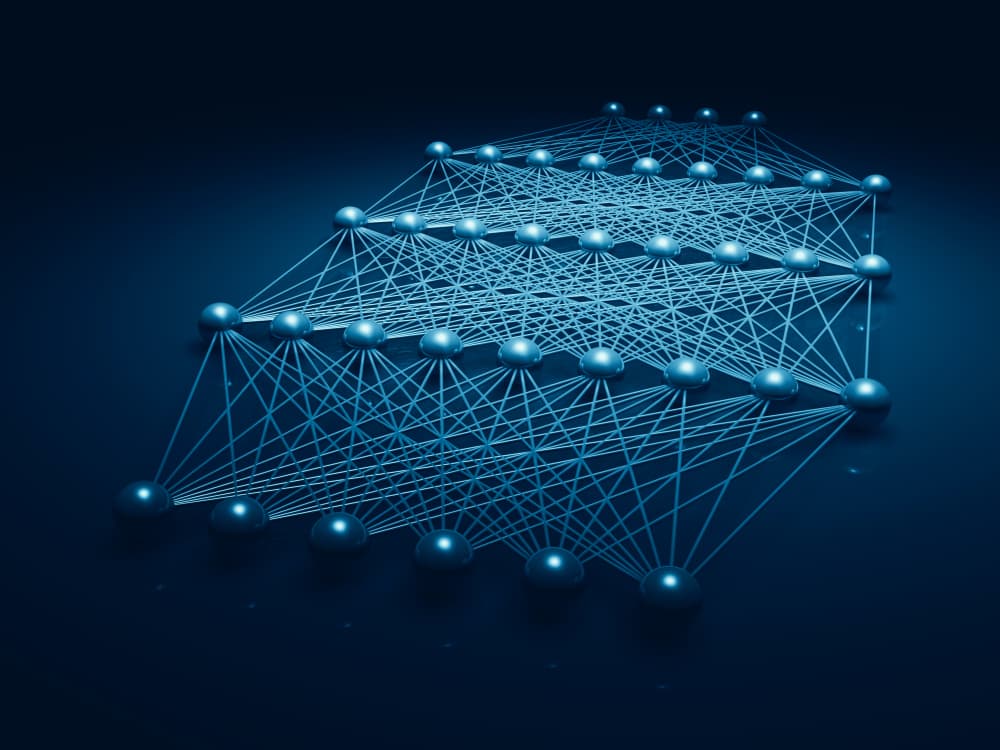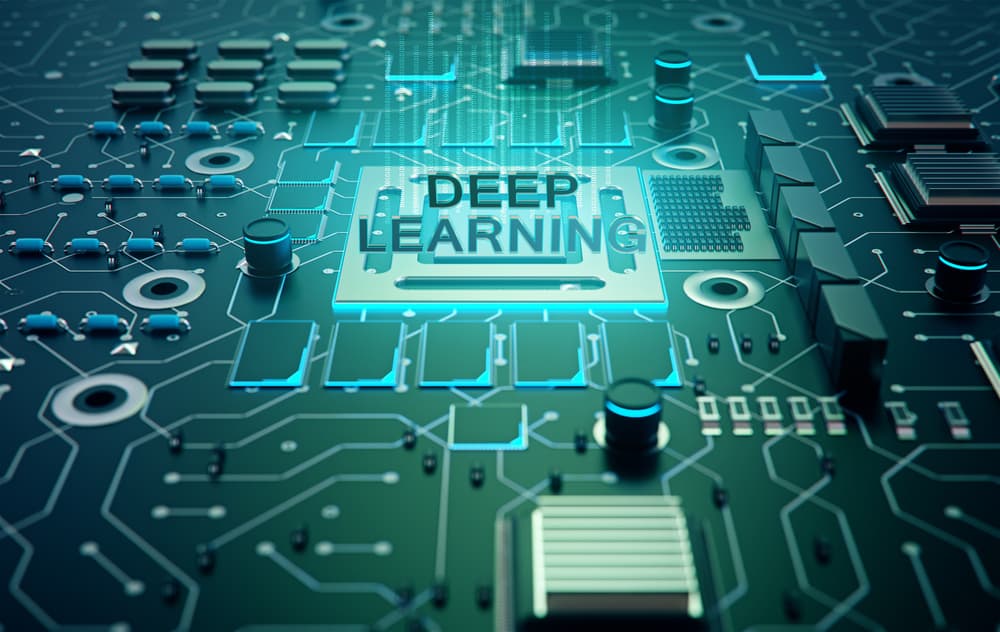Deep Learning Frameworks

Introduction
As a Deep Learning professional the first thing that comes to your mind will be Deep Neural networks. Deep Neural Networks are the biggest reason behind Deep Learning.
These processes learn through various programming. This process plays a crucial role in Image Processing, Loan Approval Process, Fraud Detection, etc. Deep Learning has gained much popularity in this decade around the world among all age groups of people.
As Deep Learning adoption increases day by day. Deep learning frameworks add up gradually into market analysis reports. These days this is very common to adopt AI technologies for their business growth. DL Frameworks are responsible for Deep Neural Network Training. Deep Neural Network execution and Deep Learning model management.
Developers can use deep learning frameworks to create deep neural networks. A higher level of programming language abstracts deep learning models. It allows easy integration with other big data platforms like Apache Spark
To ease Deep learning framework adoption among companies. Top technology companies are coming up with their own Deep Learning Framework. It can use easily by any organization without getting involved in Deep Learning coding at all to get the largest output from it. Companies like Google, Amazon, Facebook, etc.
Involved themselves in the development of Deep Learning Frameworks. It makes Deep Neural Networks more accessible to their customers. They are willing to use these technologies for better business results.
Deep Learning Framework is a software development kit (SDK). Deep Neural Networks that use to create Deep Learning models. A Deep Learning Framework provides developers with all the necessary tools to train and deploy Deep Learning models.
It includes libraries—pre-trained models, and tools for data preparation, debugging, and monitoring.
Frameworks make it easy for developers to get started with Deep Learning. Without learning about the Shallow Architecture Algorithms and infrastructure. All you need is some basic coding skills in Python or any other popular language. Frameworks take care of all other setups to make it more comfortable.
Many Deep Learning Frameworks are available today. These DL frameworks differ in their features, ease of use. The two main purposes are:
- Deep Neural Network training speed
- Deep learning optimization time.
Here is the list of the top 10 Deep learning frameworks which will rule the Deep Learning Arena in 2022:

1. Tensorflow:
It develops by Google Brain Team, and it is the most popular Deep Learning framework available today. It has a flexible architecture that enables easy deployment on-premise. Or to any cloud environment and supports Python and C++ languages. This Deep learning framework used for building Deep neural networks. Machine learning models, etc., TensorFlow provides support for Visualization using TensorBoard.
2. Apache Spark with MLlib:
Apache Spark provides an API for deep learning applications. It has a built-in library for Deep Learning, called MLlib. The salient feature of Apache Spark is its in-memory data processing that makes it very fast. This Deep learning framework is mainly used for data processing and machine learning tasks.
3. PyTorch:
PyTorch is the most common deep learning framework developed by Facebook Research. It’s based on Torch. Deep learning framework developed at NVIDIA. PyTorch is very popular now Deep learning frameworks. It provides excellent debugging and visualization support and very easy to use.
PyTorch develops using the programming language Python, which makes it easier for developers who have experience in the Python language to use a deep learning framework like PyTorch. It is gaining popularity and becoming one of the Deep Learning Frameworks. Its use for Deep Neural Networks.
4. Caffe2:
Caffe2 is a DL framework developed by Facebook. It is a lightweight Deep learning framework that can run on mobile devices. It runs on CPUs and GPUs. Caffe2 is mainly used for mobile Deep learning applications. Deep learning inferencing and Deep Learning based image processing.
5. DL4J:
Deeplearning4j is a Deep learning framework developed by Skymind. It is an open-source deep learning framework. It provides functionalities like Deep Neural Network training. Deep Neural Network execution on various platforms. It includes GPUs and CPUs.
6. Tensor Flow:
It’s one of the most common Deep Learning frameworks developed by Google. It is an open-source deep learning framework. That provides great flexibility for Deep Neural Network development. Tensor Flow is mainly used for large-scale Deep learning applications.
7. Amazon Deep Scaler:
Amazon Deep Scaler provides a fully managed. High-speed deep learning platform built on AWS cloud. It makes Deep Learning models available which can integrate with other Amazon web services. Amazon Kinesis and Amazon S3 etc.
8. MXNet:
It’s an open-source deep learning framework designed. It simplifies AI development for developers of all skill levels. From writing simple scripts to developing large-scale distributed Deep learning models.
It has a flexible architecture that enables easy deployment on-premise or to any cloud environment and supports Python.
9. Keras:
Keras is a Deep learning framework developed by Google Brain Team. It is a high-level deep learning framework. That provides easy access to powerful Deep learning libraries like TensorFlow and Theano. Keras is mainly used for Deep Neural Network development.
Conclusion:
In the future, Deep Learning Frameworks will continue to grow. More organizations venture into Deep Learning. It solves business problems using Deep Neural Networks. Deep Learning Frameworks will play a major role in Deep learning projects, by providing an intuitive way for developers to design Deep Neural Networks. The Deep learning models are abstract by a higher level of programming language. It allows easy integration with other Big Data platforms like Apache Spark etc.
Deep learning frameworks provide a way for developers to design deep neural networks. Deep learning models abstract by a higher level of programming language. It allows easy integration with other big data platforms like Apache Spark. This makes it possible for enterprises across various industry verticals,
to adopt deep learning technologies and solve complex business problems.




gralion torile
I will right away take hold of your rss as I can’t in finding your email subscription link or newsletter service. Do you have any? Kindly let me know in order that I could subscribe. Thanks.